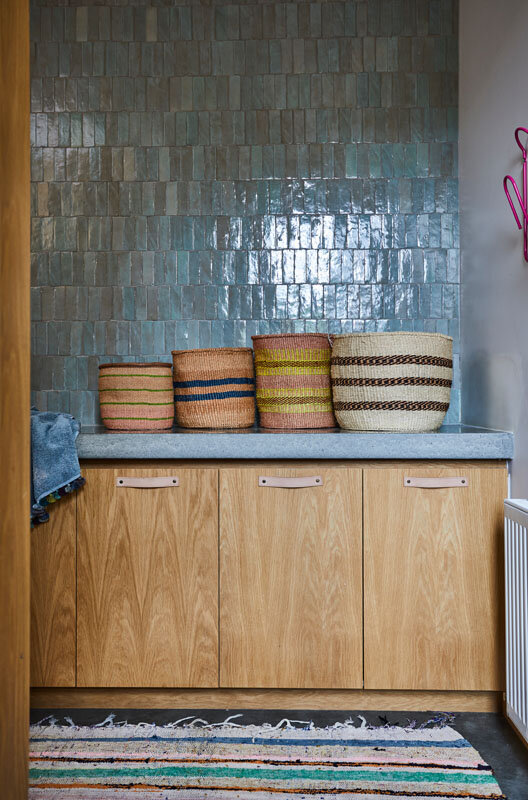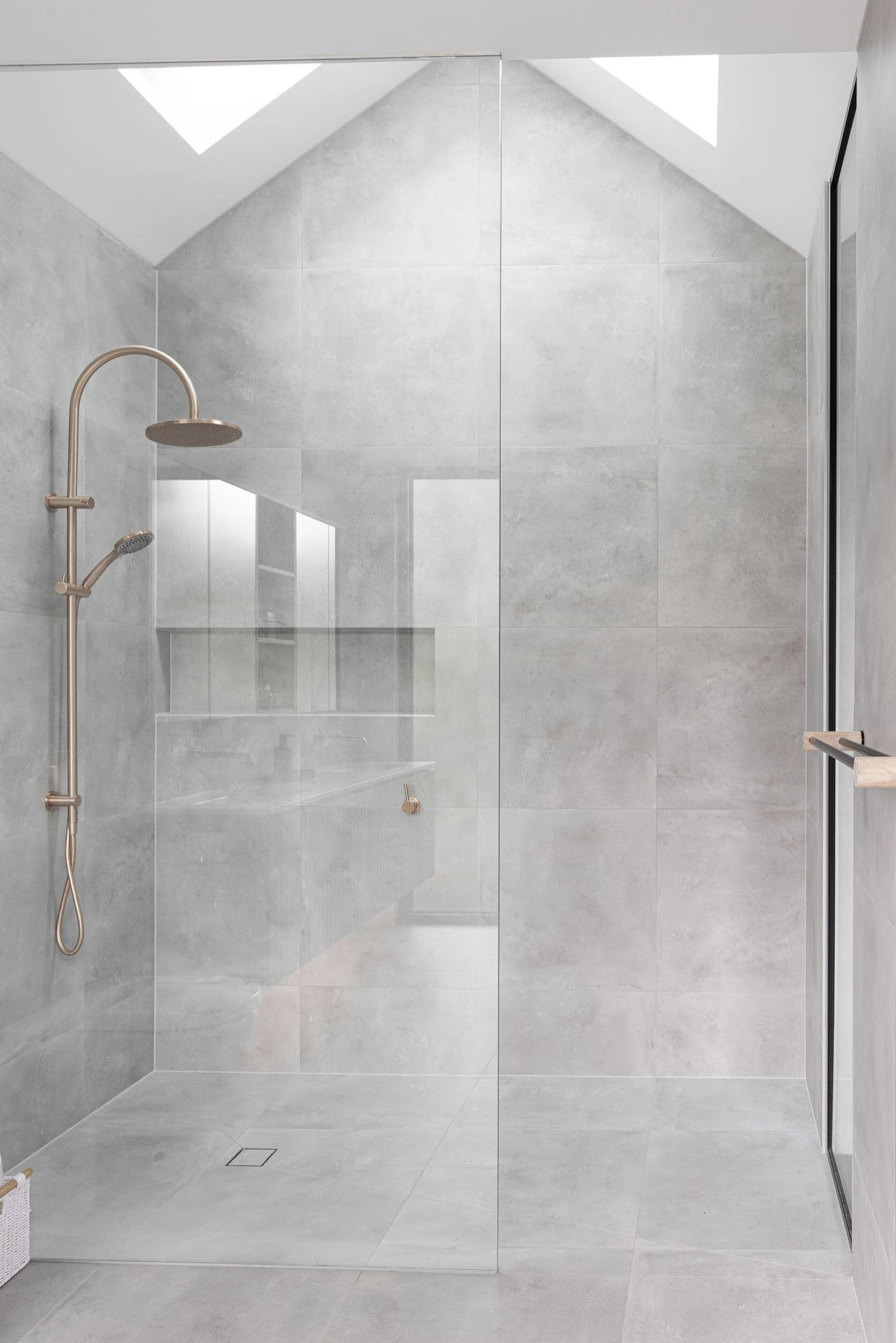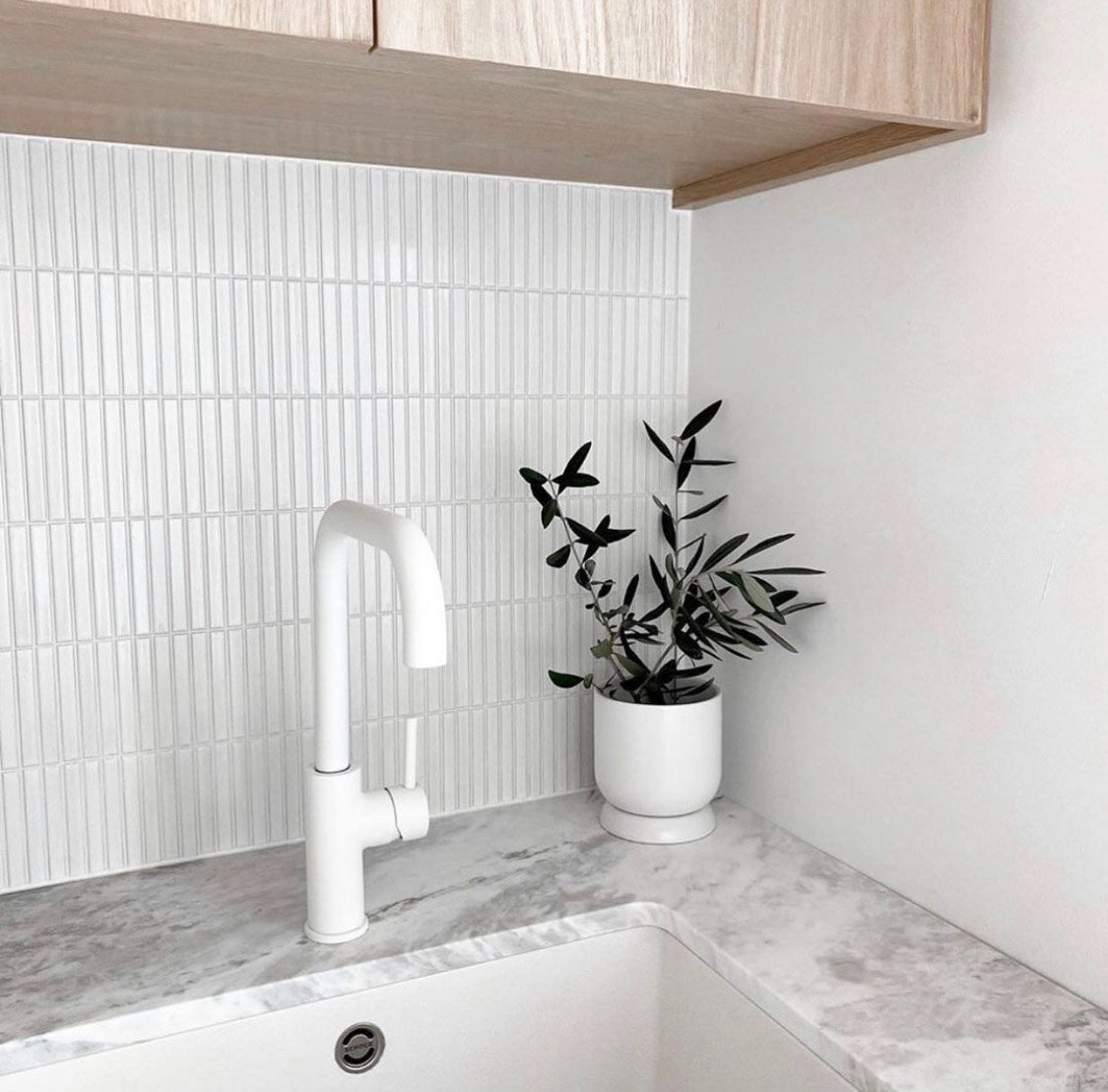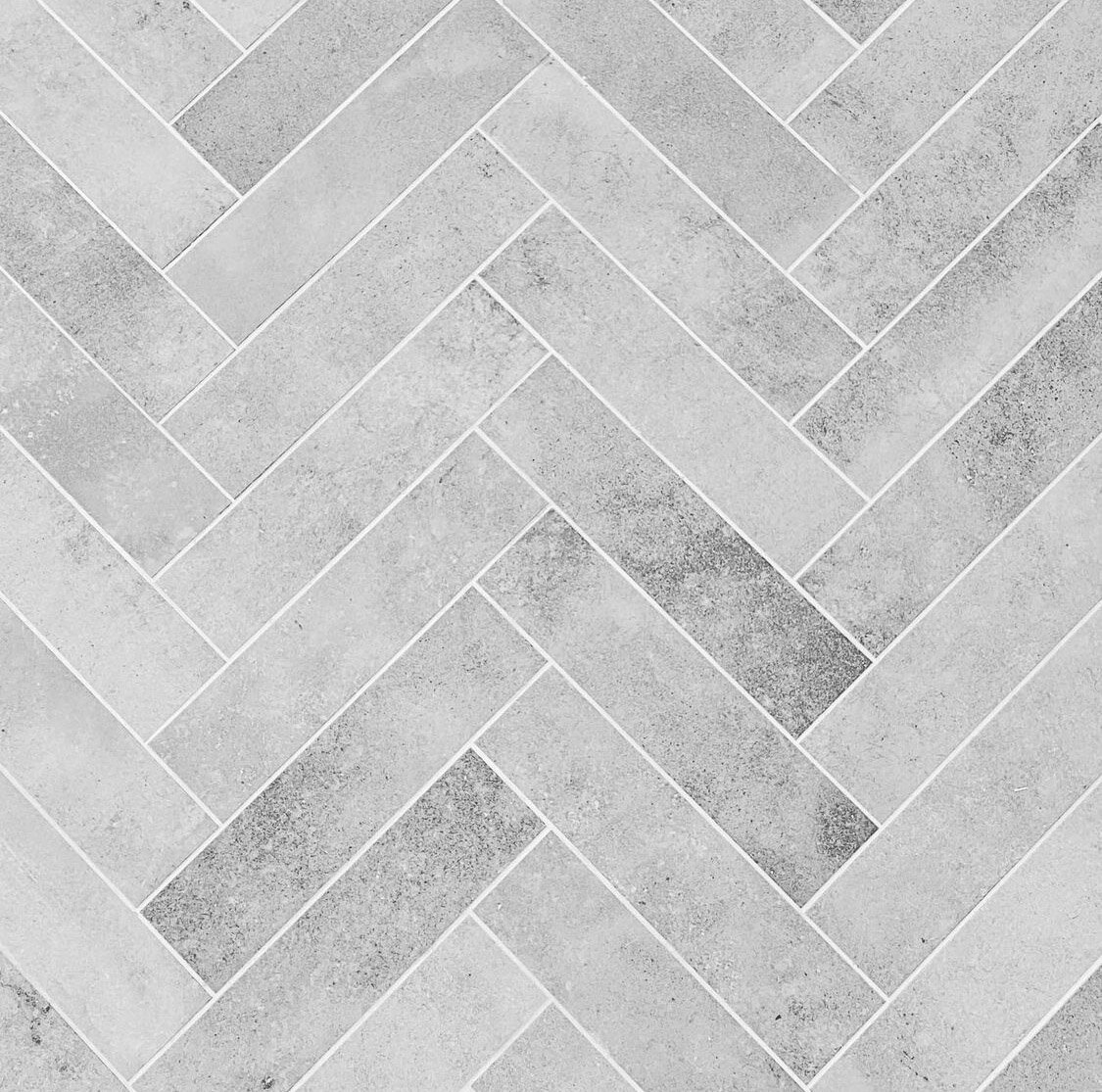Tile selection. For some, this task is the most fun and exciting step of the building process. But for others, the mere thought of choosing tiles is anxiety-inducing. If you fall into the second category, please don’t fret. We’re here to walk you through the absolute basics of tile selection to make sure your experience is seamless and stress-free.
Get the Size Right
One of the first elements to consider when selecting tiles is the size of your space and the aesthetic you wish to achieve.
Most people seek to get the most out of their space by making it look bigger than it actually is. The best way to achieve this is by installing larger tiles. Tiles 600mm x 600mm and larger require less grout, creating a more seamless finish. This also means less grout to worry about cleaning – winning!
If you’re not really interested in creating the illusion of grandeur, then any tile combination will work in your space. Just remember, as long as the design is a reflection of your personality, you’ve created a winner.
Colour Your Mood
Just like the size of your tiles, the colour you choose can have an impact on the way people feel within the space. Lighter colours like whites, greys, and neutral beiges will add to the illusion of a larger space – if that’s what you’re looking to achieve.
Adding colour to accent walls, floors or splashbacks can impact the mood of a room. Different shades evoke various emotions, so it is important to think about the kind of atmosphere you wish to create.
Naturally, blue hues create calmness and tranquility – perfect for coastal-style homes. If you’re looking to radiate optimism and joy, yellow is your best friend. Power and sophistication are instantly achieved with black.
Matte vs Gloss
There is a common misconception that matte tiles are less desirable because they hold more grime than polished tiles. Let us set this record straight right now; matte tiles don’t hold any more dirt than their polished counterparts.
Generally, porcelain and ceramic tiles are glazed, and regardless of their final finish, this glaze acts as a sealant to prevent stains and ensuring easy maintenance. Matte tiles are also perfect for floors (especially in wet areas) and create a natural finish.
Gloss tiles are traditionally used on walls. Whether they’re large format or smaller subways or mosaics, gloss tiles will reflect the light to create the illusion of a larger space. Gloss tiles, however, can show water spots and streaks after cleaning more easily.
Matte and gloss tiles have a place in every space and it always comes down to personal preference and the aesthetic you want to achieve in your space.
Grout Selection 101
Selecting grout could quite possibly be the most important choice you make during this process. So, you want to make sure you get it right. Here are some things to consider:
Matching grout
By selecting grout that is the same colour as your tile, you can achieve a much more seamless look. Matching grout also helps achieve a textural finish. Use this method if you don’t want to draw too much attention to the tiles. This works perfectly with plain tiles like penny rounds, square mosaics, or subways.
Contrasting grout
Contrasting your grout colour is a sure-fire way to create a statement with your tiles. This method will emphasise the shape and pattern they’re laid in; think black grout with white subway tiles in a herringbone pattern.
Complementing grout
Multi-coloured pattern tiles, terrazzo, or natural stone will work best with complementary coloured grout. Heck, any tile will benefit from a complementary colour.
Do You, Always
At the end of the day, the most important thing to remember is to design the space that speaks to your aesthetic and personality. Now that you understand the basics of tile selection, you should feel more confident as you embark on your renovation or new build. Visit the Geelong Tiles & Bathware showroom at 17 West Fyans Street, Newtown to explore our extensive range of tiles for your next project.







